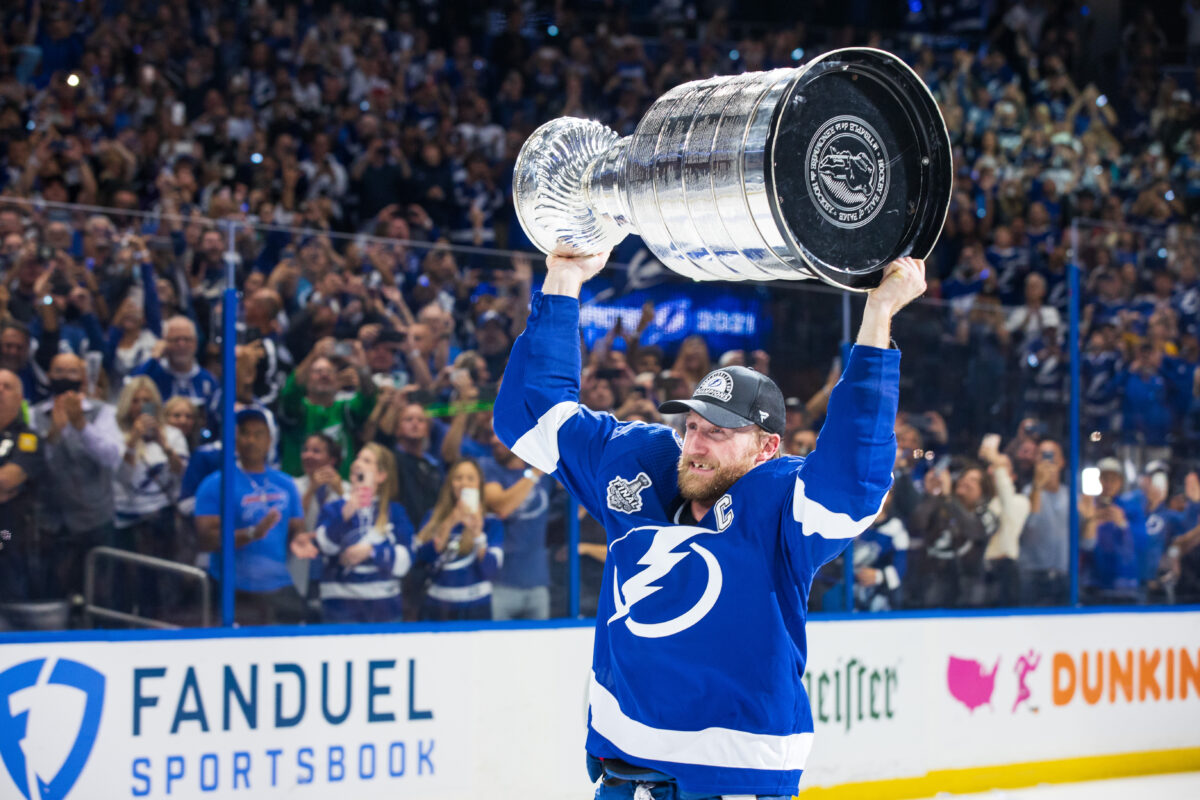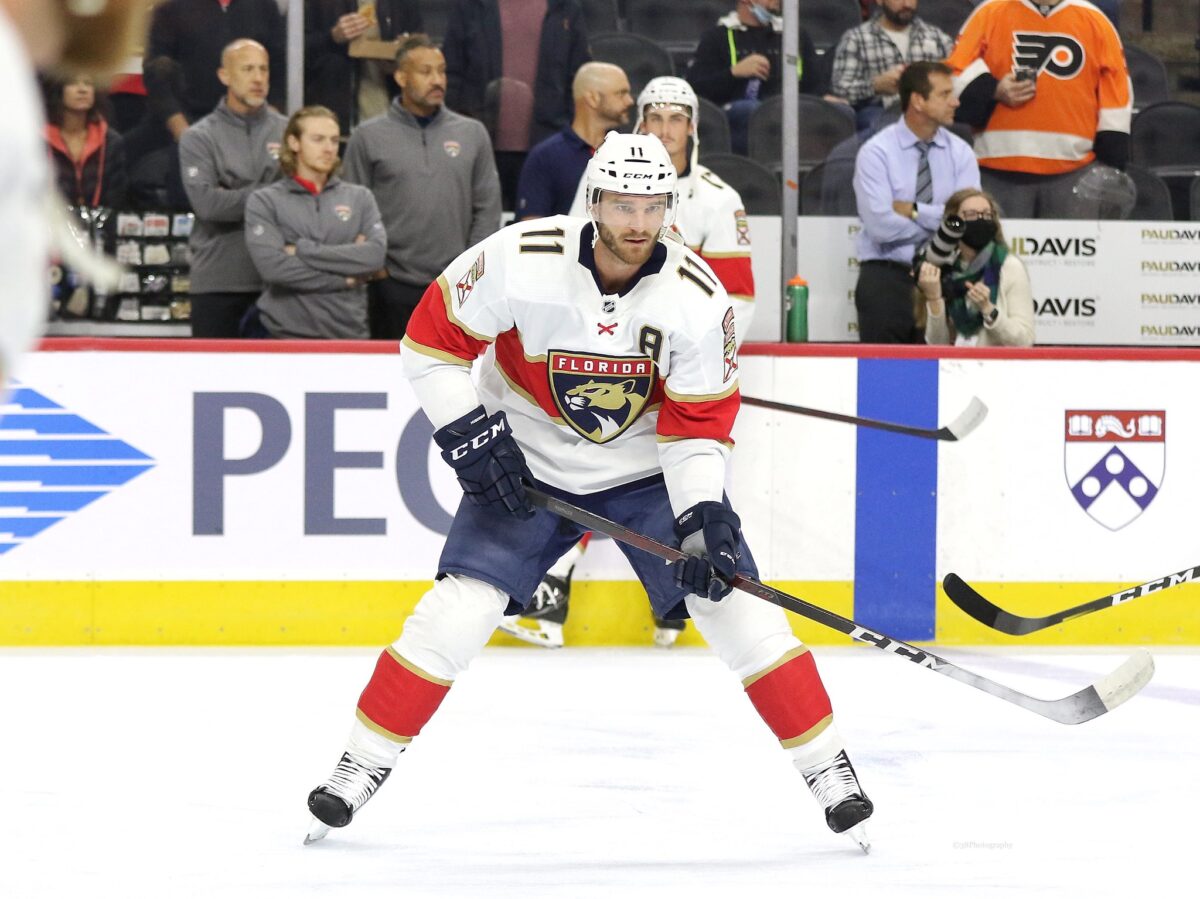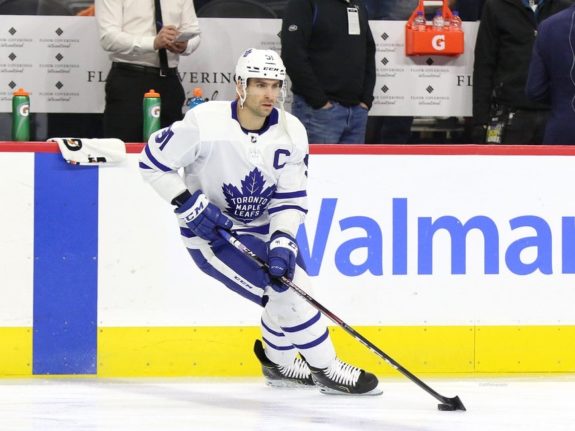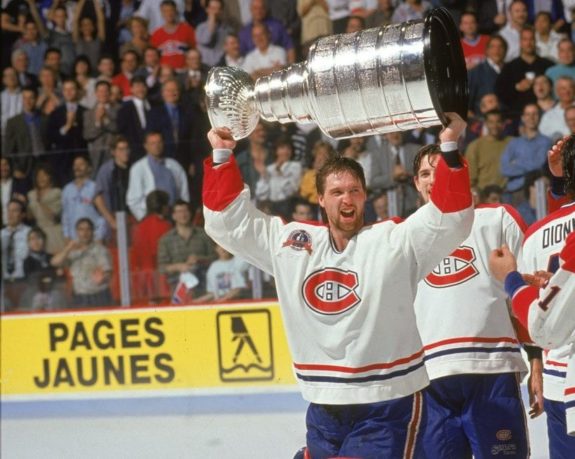The Florida Panthers, Tampa Bay Lightning, and Carolina Hurricanes hold three of the top-four point percentages in the NHL this season. The top of the standings in a league once confined to the Original Six franchises and later dominated by teams in Canadian and northern US markets is now heavily populated by teams playing in areas more commonly associated with sunshine and college football.
The NHL expanded to 32 teams to begin the 2021-22 season with the addition of the Seattle Kraken. With a logically even format of four divisions consisting of eight teams apiece, the league shouldn’t have foreseeable plans for further expansion. The increased competition reinforces the notion of the Stanley Cup as the most difficult trophy in sports to win and heightens the obstacles of the Original Six powerhouses like the Montreal Canadiens and Toronto Maple Leafs in their quests to return to NHL glory.
However, the apparent changing of the guard during the salary cap era isn’t as simple as the Stanley Cup Playoffs traveling to cities once looked at as “non-traditional” hockey markets. NHL expansion and the implementation of the cap have eliminated many advantages that once existed for more “traditional” hockey markets and evened the competitive landscape throughout the NHL.
Traditional and Non-Traditional NHL Markets
Regularly occurring shifts in league structure, the common relocation of financially struggling franchises, and gradual NHL expansion made the “traditional” and “non-traditional” market labels highly relevant topics of conversation leading up to the canceled 2004-05 season. Teams who played in markets with a proven ability to support major professional sports franchises and a history of popularity for the sport of hockey held an undeniable advantage in drawing higher revenues. The financial flexibility allowed them to gain a competitive advantage by spending more on player salaries and all realms of hockey operations.

The league acknowledged the advantages of established hockey markets during the first expansion wave in 1967 when they separated the six new teams into the Western Division while the Original Six occupied the Eastern Division. The alignment ignored geographic practicality, but it helped the expansion teams gain footing for three seasons before additional teams entered the league.
The Philadelphia Flyers, New York Islanders, and Pittsburgh Penguins were among teams that grew into the label of traditional markets quickly following the 1967 expansion. Their respective cities already had established fan bases in professional sports, and the three teams each won multiple Stanley Cups within the first 25 years of their existence.
Canadian teams established their dominance by winning 12 of 18 Stanley Cups from 1976-1993. The position of the league’s top prize in the country where the sport was founded seemed natural, but it wasn’t always because markets provided advantages to teams north of the border. Montreal won six of the 12, but the Maple Leafs failed to capitalize in the prototype of traditional hockey markets. The Edmonton Oilers won five Cups in a small Canadian city that didn’t provide a significant financial advantage.
Related: Longest Stanley Cup Droughts
The decision by Oilers owner Peter Pocklington to trade Wayne Gretzky in 1988 stunned the hockey world. The best player ever to lace up the skates had just moved from Canada to Southern California, and the primary reason for the trade was a financial conundrum solved by the glamor provided by the Los Angeles Kings in a major US city.
The Canadian dominance ended soon after Gretzky’s departure to the United States. No team from north of the border has won the Stanley Cup since 1993. The Leafs continue their well-publicized drought spanning the entirety of the expansion era. The Canadiens are about to begin the first true rebuild in franchise history. The implementation of the salary cap has minimized the advantage that the two respective clubs have over markets that don’t bring in as much revenue.
The storied pasts of two more of the Original Six, the Chicago Blackhawks and Detroit Red Wings, haven’t helped them in recent seasons either. Unless one team makes a miracle playoff push in 2021-22, Chicago’s fortunate bid to the Western Conference bubble in 2020 under extenuating circumstances will be the lone postseason appearance for either team in the past five seasons.
Climate Plays No Factor
The greater popularity of hockey in areas with colder climates does not correlate with the success of teams in those markets. The Lightning, Hurricanes, and Anaheim Ducks debunked that logic as respective Stanley Cups winners in 2004, 2006, and 2007.
The gradual progress of non-traditional markets, especially in areas with warmer weather, has reached its height in 2021-22. The Lightning have established themselves as the envy of the NHL with back-to-back Stanley Cups, and they remain in the conversation as a serious contender for a three-peat. The Panthers have finally gained notoriety with stars like Jonathan Huberdeau and Aleksander Barkov reaching the top tier of NHL talent. The Hurricanes round out the southern trio of explosive firepower with a young roster whose top 10 scorers are all under the age of 30.

The Minnesota North Stars and Winnipeg Jets both occupied cold-weather markets seemingly well-suited for NHL fan bases during the 1970s and 1980s, but both relocated to warm-weather cities during the 1990s. The North Stars became the Dallas Stars and achieved instant success. The Jets became the Phoenix (eventual Arizona) Coyotes and have only won two true playoff series since. They have failed to build a winning tradition in the desert, and they now face embarrassing circumstances of relegation to a college arena. The differing paths negate any true correlation of warm climate as a deterrent to success or colder climate as a significant advantage in fielding a competitive hockey team.
Plenty of teams in traditional markets have withstood the changing landscape. Despite the struggles of some of their Original Six counterparts, the Boston Bruins are on track to make the playoffs for the 13th time in 15 seasons playing in a cold-weather city among the easiest to associate with a hockey tradition. The Penguins and New York Rangers have also fared well in 2021-22 in northern US cities.
Evolution of NHL Expansion Waves
An organization with a long-standing history in one city can easily brand itself as a traditional market, but expansion franchises have a more difficult time selling their brand to a new fan base. The Nashville Predators, Atlanta Thrashers, Columbus Blue Jackets, and Minnesota Wild brought the NHL from 26 to 30 teams between 1998 and 2000.
Their lack of success played a major part in driving the narrative during the early part of the 21st century of hockey teams from traditional markets dominating teams from non-traditional markets. The Predators took until 2016-17 to make a serious push for title contention. The Thrashers hadn’t won one playoff game, let alone a series, before they left Atlanta in 2011. The Blue Jackets played 18 seasons before their first playoff series win.

The lone instance of immediate playoff success for this wave of expansion teams came in Minnesota, the “state of hockey,” when the Wild reached the Western Conference Final in 2003. However, the coincidence of this one aberration taking place in an easily identifiable hockey market became apparent when the Wild slipped back into the same struggles of their three contemporary expansion organizations. They have won only two playoff series since.
A similar contrast in markets easily identified as traditional and non-traditional locations for hockey existed during the 1990s. The Ottawa Senators achieved their first tastes of success after expansion much sooner than the Lightning after both teams entered the league in 1992. The script has flipped drastically in recent years, as the Senators will miss the postseason in 2021-22 for the fifth consecutive time.
Nashville general manager David Poile expressed his sentiment that the NHL “made their (late 1990s expansion teams’) trek much more difficult than it needed to be” through the format of the expansion draft. The Vegas Golden Knights proved that emphatically when they capitalized on changes in expansion draft rules and reached the Stanley Cup Final in their inaugural season in 2017-18 in a market that had essentially no previous professional sports history.
The final piece of the expansion puzzle fell into place when the Seattle Kraken joined the NHL this season. They handled the expansion draft poorly by passing on top-tier NHL talent and failed to capitalize in the way that Vegas did. The new expansion system allowed the Golden Knights and Kraken to field their competitive rosters with immediate chances to succeed. The NHL achieved its goal of making individual merit the deciding factor of their success during their respective inaugural seasons. Vegas took advantage of the opportunity, and Seattle did not.
Advantages Still Exist in Both Realms
The salary cap era has lessened the advantage that previously existed for teams who play in markets dubbed as traditional. Financial superiority no longer allows the richest organizations to outspend their competition on lucrative player salaries and create an extreme level of disparity. It has undoubtedly helped organizations like the Hurricanes operate on a budget while still putting a competitive product on the ice while teams like the Flyers have lost their ability to build rosters by acquiring expensive players from other organizations.

However, the salary cap doesn’t apply to all realms of an organization’s operations. A franchise like Toronto that draws significant revenue is almost automatically capable of outspending other organizations with well-funded scouting departments, team facilities, and other elements that indirectly assist their roster construction. The advantages certainly impact organizations as attractive destinations for free agents, and they help revenue flow because of continued fan interest.
Sean Shapiro of The Athletic recently polled a substantial number of NHL player agents to learn the most attractive destinations for free agents (from “NHL agent poll: Opinions on teams and owners, Gary Bettman, gambling, the ESPN deal, the Olympics and more,” The Athletic, 2/3/22 ). The top of the list is unsurprisingly heavily populated with Original Six teams and major markets. Key instances of recent talent acquisition include John Tavares signing with the Maple Leafs in 2018 and Artemi Panarin signing with the Rangers in 2019.
However, another economic element factored in heavily. Six NHL teams play in states with no state income tax, meaning that equal player salaries and cap hits on two different teams can often net different amounts of money for individual players. Five of the six teams made Shapiro’s list as attractive destinations.
The Lightning, Panthers, and Stars made the list partly because of the advantage of playing in Florida and Texas, two states synonymous with the non-traditional market label that don’t charge state tax. The Golden Knights and the Predators, two relatively recent expansion teams in non-traditional markets, also made an appearance partly due to their states’ financial handlings. The Kraken are in their first year of expansion with hardly any reputation around the league, and they were the only team playing in a state with no income tax that didn’t appear on Shapiro’s list.

The multitude of factors that play into the decisions of NHL free agents create a landscape that isn’t unreasonably dominated by major markets, and converse factors play a substantial role in evening the playing field. Other factors like climate, length of organizational history, and disadvantages in expansion formatting have either lessened or completely disappeared from existence in recent seasons. The evolution of the NHL has created a competitive balance in which organizations succeed and fail based on their individual merit, which was the exact intention of the salary cap era.